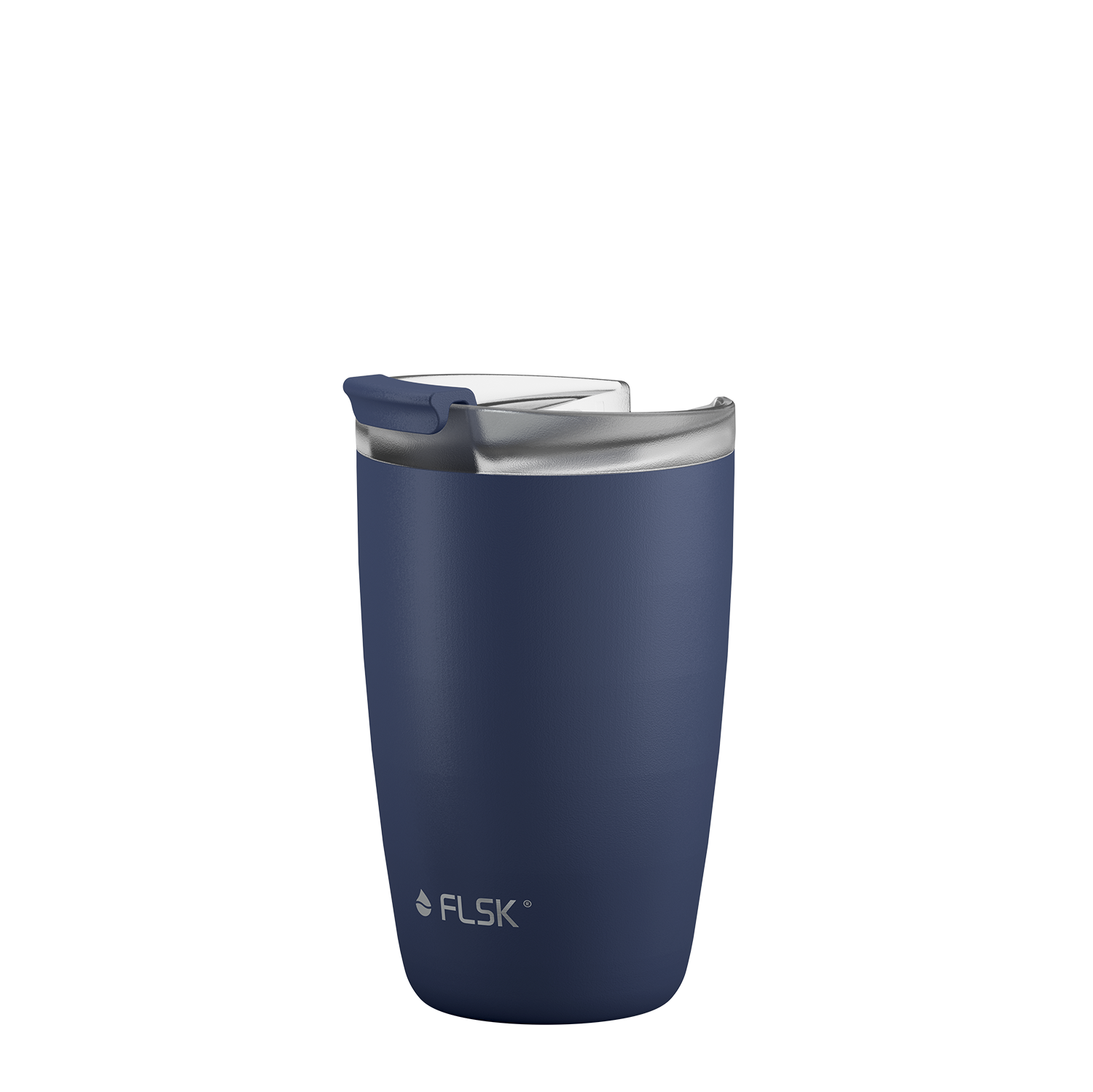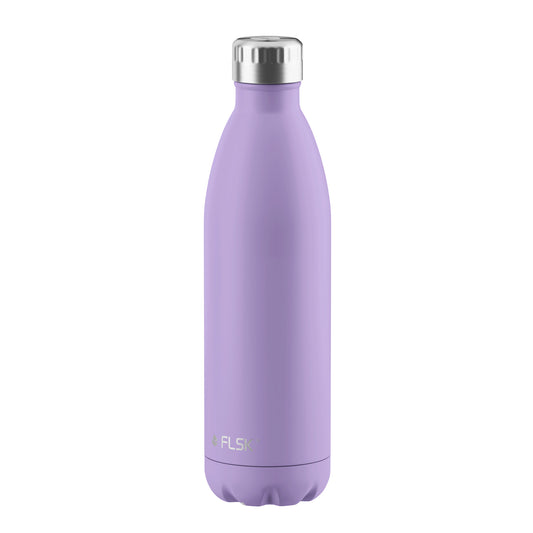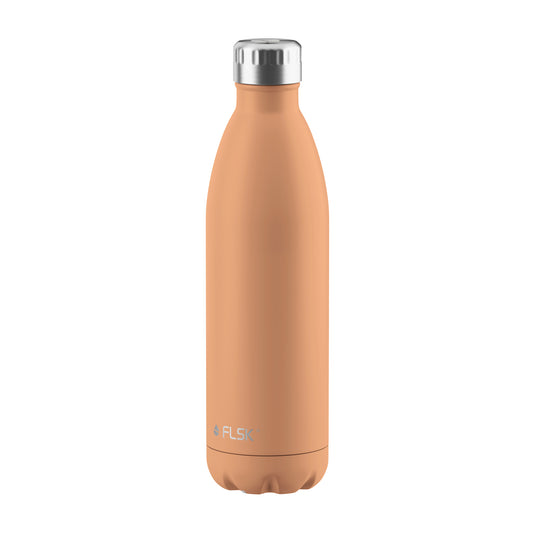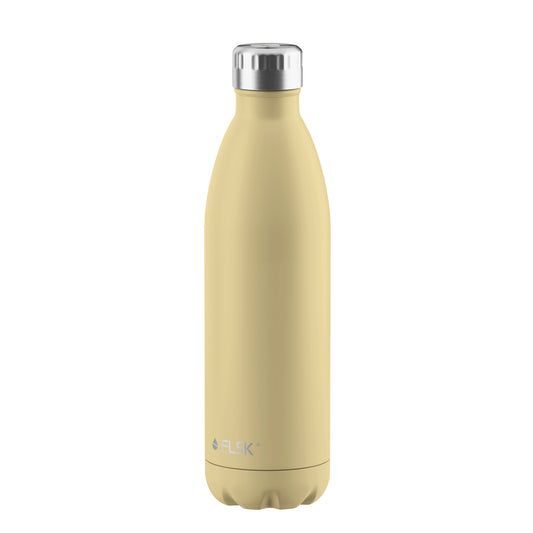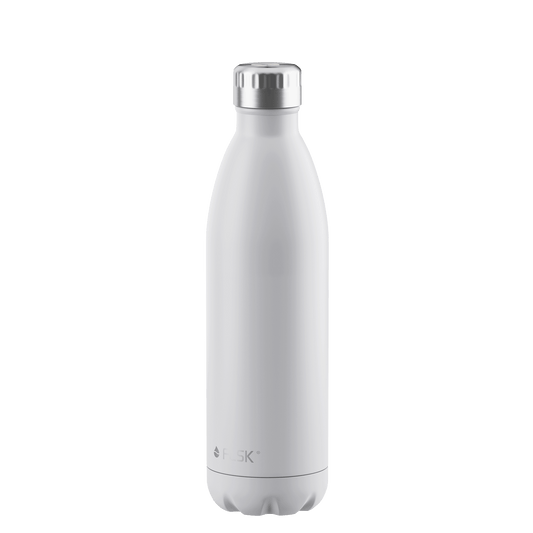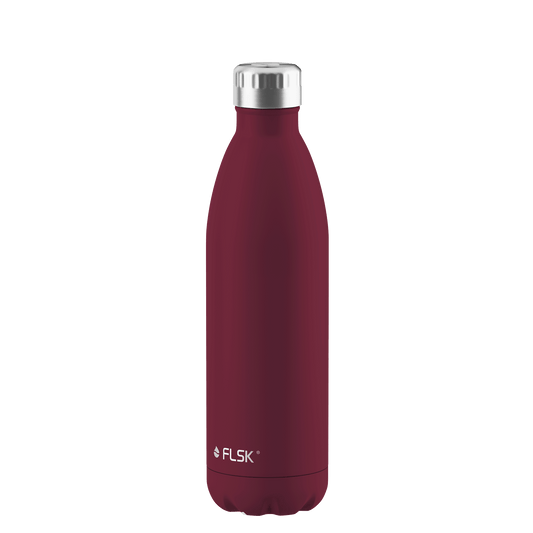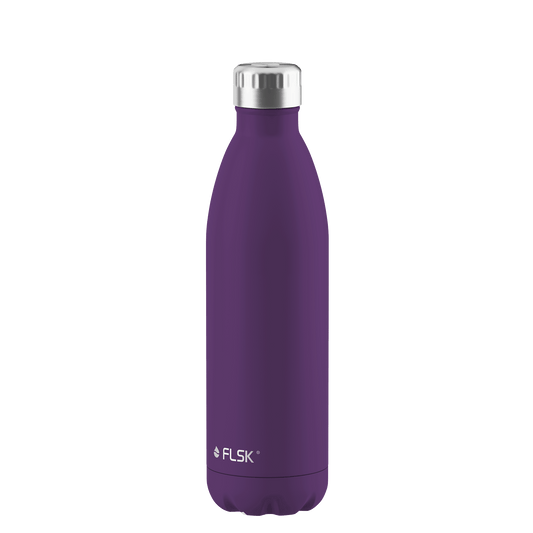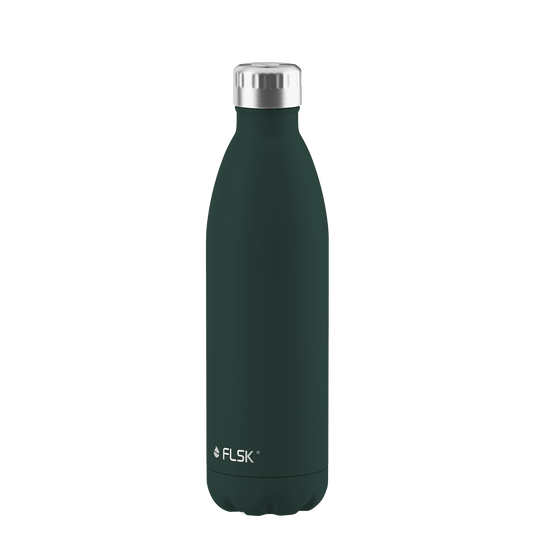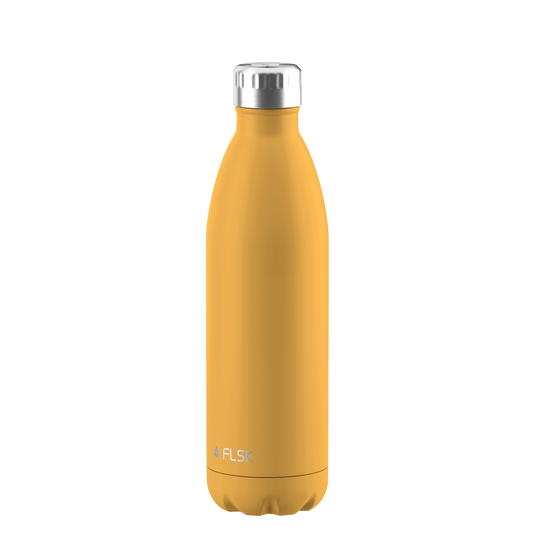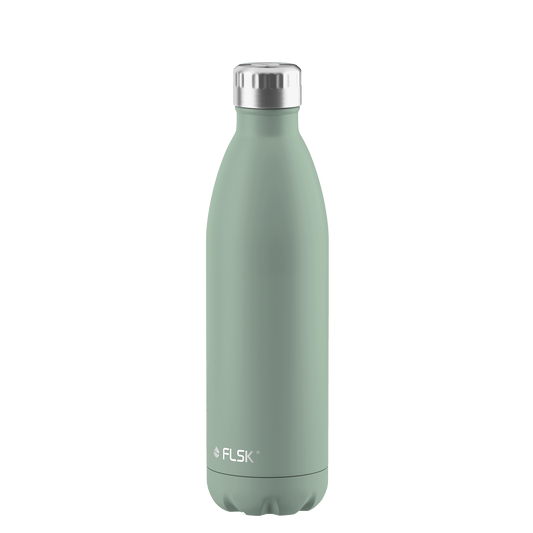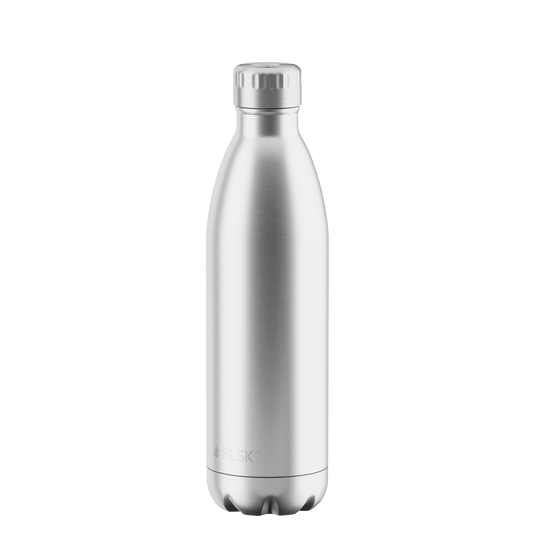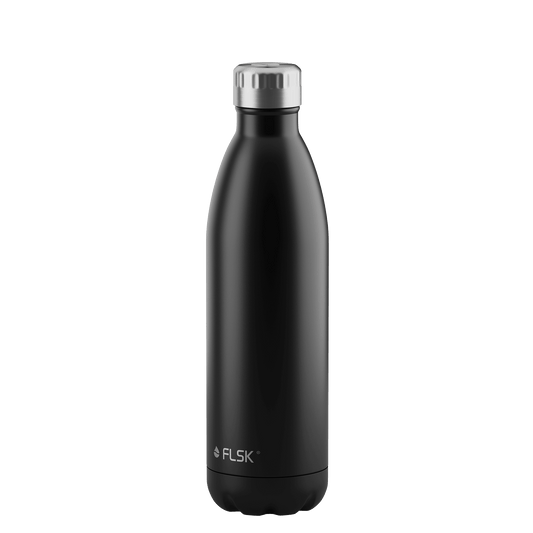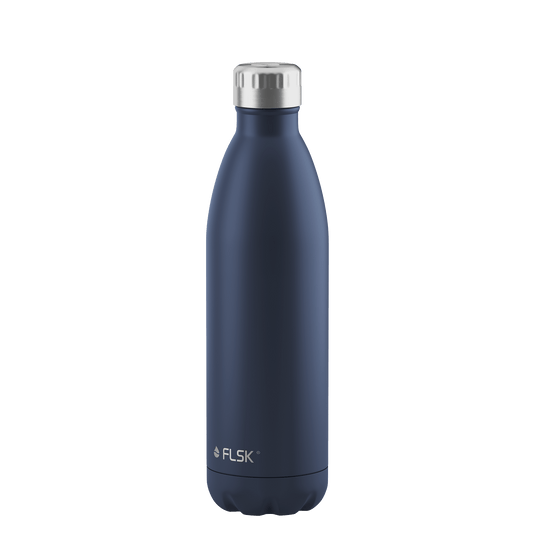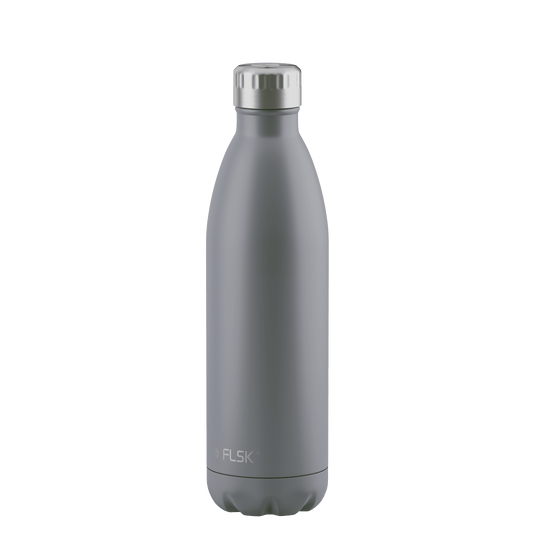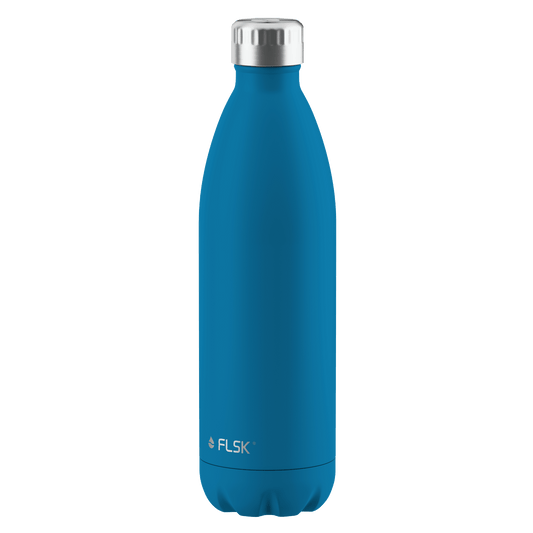-
- Engraveable.
FLSK drinking bottle
Regular price 47,00 €Regular price0,00 €Sale price 47,00 €750 ml · lavender
-
- Engraveable.
FLSK drinking bottle
Regular price 47,00 €Regular price0,00 €Sale price 47,00 €750 ml · peach
-
- Engraveable.
FLSK drinking bottle
Regular price 47,00 €Regular price0,00 €Sale price 47,00 €750 ml · lemon
-
- Engraveable.
FLSK drinking bottle
Regular price 47,00 €Regular price0,00 €Sale price 47,00 €750 ml · white
-
- Engraveable.
FLSK drinking bottle
Regular price 47,00 €Regular price750 ml · winterberry
-
- Engraveable.
FLSK drinking bottle
Regular price 47,00 €Regular price750 ml · nordic plum
-
- sold out
- Engraveable.
FLSK drinking bottle
Regular price 47,00 €Regular price750 ml · dark pine
-
- Engraveable.
FLSK drinking bottle
Regular price 47,00 €Regular price750 ml · sunrise
-
- sold out
- Engraveable.
FLSK drinking bottle
Regular price 47,00 €Regular price750 ml · sage
-
- all natural
- Engraveable.
FLSK drinking bottle
Regular price 47,00 €Regular price750 ml · stainless - all natural
-
- Engraveable.
FLSK drinking bottle
Regular price 47,00 €Regular price0,00 €Sale price 47,00 €750 ml · black
-
- Engraveable.
FLSK drinking bottle
Regular price 47,00 €Regular price0,00 €Sale price 47,00 €750 ml · midnight
-
- Engraveable.
FLSK drinking bottle
Regular price 47,00 €Regular price0,00 €Sale price 47,00 €750 ml · stone
-
- Engraveable.
FLSK drinking bottle
Regular price 55,00 €Regular price1000 ml · ocean
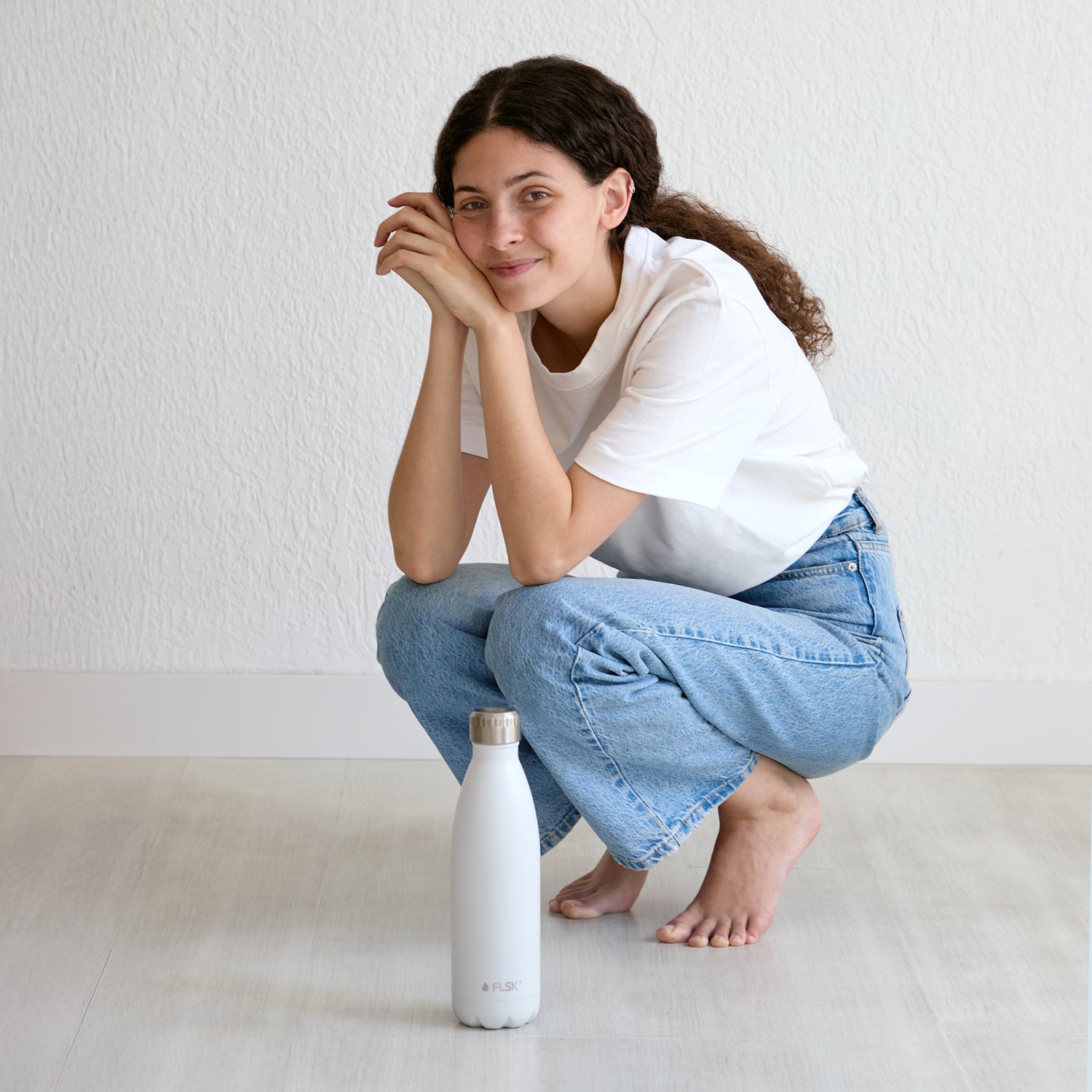
The BPA-free drinking bottle
The chemical BPA and its impact on health are a hot topic. Especially when it comes to drinking bottles, many people are asking: What is the thing I drink from every day actually made of? Unfortunately, drinking bottle manufacturers are usually very secretive. We at FLSK Trinkflasche believe you have a right to the facts. That's why we've conducted thorough research and compiled the latest findings on this dreaded pollutant.
One thing in advance: You can be sure – our drinking bottles are completely BPA-free. When designing the bottle, we deliberately chose high-quality stainless steel, which doesn't release any harmful substances. The FLSK drinking bottle is therefore safe for you and your children. That's good news.
With multiple columns
-
What is BPA?
Bisphenol A, or BPA for short, is a chemical used in the production of plastics and plasticizers. We encounter things containing BPA every day. For example, it is found in the inner lining of cans, plastic bottles, and many food containers. BPA is so widespread that it takes some effort to avoid it completely.
But why is the chemical so concerning? A chapter in the substance's history provides some insight: In the 20th century, British chemists were researching an estrogen substitute because its extraction was extremely expensive. They discovered bisphenol A. Ultimately, however, it was not used as a drug but instead found its way into industry, where it is still processed on a massive scale today.
-
Where does BPA occur?
Almost four million tons of bisphenol A are produced worldwide annually. Germany alone produces over 800,000 tons annually. BPA's economic importance is immense, as it can also be easily processed into other materials such as polycarbonate. In this form, it is particularly popular for the production of motorcycle helmets, cell phone and computer casings, coffee machines, eyeglass lenses, car parts, dishes, cutlery, CDs, adhesives, beverage and food cans, thermal paper such as receipts, rubber products, nail polish, flooring, drinking bottles, and much more. BPA is ubiquitous.
The pollutant enters our bodies primarily through everyday foods. Whether it's cheese, meat, or canned fruit – the packaging transfers the BPA to the food. It's no different with beverages. BPA is frequently used in the manufacture of drinking bottles. These are usually made of polycarbonate or bottles with a BPA-containing coating, such as aluminum. Children's drinking bottles are often made of this plastic. At least the production of baby bottles made of polycarbonate is now banned across the EU, but BPA is still permitted in packaging and containers for baby food.
Numerous health organizations recommend buying BPA-free products. This isn't easy, as there are no standardized labels. Therefore, determining exactly where PBA was processed is almost impossible using recycling numbers or printed codes.
It also enters waterways via wastewater from factories that process the pollutant. Although it degrades or is partially reduced in wastewater treatment plants, certain residues remain. The concentration of the chemical in waterways may cause significant impairment in the development and reproduction of birds, frogs, fish, and other aquatic organisms, including consequences for the entire ecosystem.
-
What does BPA do to my body?
What's alarming is that the pollutant can already be detected in the body of almost everyone today. Even small amounts of BPA affect our sensitive hormonal system. And this is not without consequences: The substance can cause health problems such as reduced sperm production in men, impaired estrogen balance in women, diabetes, and breast and prostate cancer.
The effects of bisphenol A on infants and children are particularly dangerous. The earlier exposure occurs, the more fatal the damage, because embryos can only break down the substance very slowly. Children exposed to BPA can suffer from developmental disorders of the brain and other organs. Disturbed early brain development can, in turn, affect behavior or learning ability. Because the contaminant is passed from mother to embryo, you should look for BPA-free drinking bottles and other BPA-free products, especially during pregnancy.
-
What can I do about BPA?
In fact, it's often said that the effects of BPA on the human body or the environment are still insufficiently researched and controversial. What this means, however, requires further clarification: Studies on its harmful effects are often conducted or funded by industry. They conclude that the average ingested amount of bisphenol A is insufficient to cause health harm. This is contradicted by numerous studies conducted independently of economic authorities, all of which warn of an acute danger.
One thing is certain: the use of BPA has consequences that we currently don't fully understand. The issue has now reached large segments of society. For example, political measures have been implemented in Canada and the USA to reduce the risk of harm from the substance. In the EU, the production of baby bottles containing BPA has been prohibited since 2011. However, this law cannot provide comprehensive protection against BPA.
It's up to you to inform yourself and avoid such products when purchasing. When it comes to plastics, it's difficult to rule out the use of BPA. However, in many cases, there are sensible alternatives to plastics, such as glass jars instead of cans. Or the FLSK instead of the conventional plastic bottle. Conscious and informed consumption is something everyone can do to combat BPA.
-
BPA-free drinking bottles
BPA is harmful to you, your family, and the environment—that much is clear. But what are the alternatives? There are several materials on the market that are used to make BPA-free drinking bottles. You can find an overview of these materials here .
Suffice it to say: Food-grade Type 304 stainless steel is particularly hygienic and germ-resistant. Bottles made from this material impress with their long durability, easy handling, and low weight. They don't require an interior coating because stainless steel is acid-resistant, tasteless, and odorless. The material is also shatter-proof and contains no harmful substances.
-
The FLSK drinking bottle – with high-quality stainless steel against BPA.
You know the FLSK drinking bottle as a stylish and functional insulated bottle. But did you also know that you're practically practicing health care on a daily basis? The FLSK drinking bottle is made of 100% high-quality Type 304 stainless steel, which is completely BPA-free. This is especially important for insulated bottles, as the contaminant dissolves particularly quickly in hot liquids. Furthermore, a drinking bottle containing BPA releases more of the chemical into the liquid the longer it is in contact with it.
With the FLSK water bottle, you can prevent unknowingly consuming bisphenol A through your morning coffee on the way to work or your refreshing soda during exercise. You can also safely give the FLSK water bottle to your child to school or daycare. No matter the beverage, the temperature, or the length of time – the BPA-free water bottle won't release any harmful substances into the drink. With the FLSK water bottle, you can make a statement against BPA and promote your well-being.
